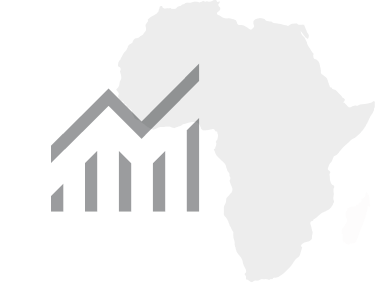A new financing conversation: trade-driven, investment-ready
26 August, 2025
This article appeared as a contribution to the 2025 Ibrahim Forum Report, Financing The Africa We Want.
As we cross the midpoint of 2025, Africa finds itself not at a crisis, but at a moment of clarity. Official Development Assistance (ODA) is declining, external financing conditions are tightening, and global attention is increasingly fragmented. The imperative is clear: Africa must lead, not wait.
At the beginning of the year, the world confronted economic uncertainty, not only about the future of global trade, but also multilateralism and longstanding development cooperation. That uncertainty lingers. But one truth has emerged with force: Africa’s development cannot be outsourced.
Reclaiming the integration agenda
The continent has long acknowledged this reality. In response to waning aid and shifting geopolitical priorities, African leaders championed the creation of the African Continental Free Trade Area (AfCFTA): a bold initiative aimed at transforming fragmented national markets into a dynamic, integrated engine of growth.
This ambition builds on over a century of Pan-African movements. From the 1919 Paris Conference to the Lagos Plan of Action (1980) and the Abuja Treaty (1991), Africa has consistently sought regional cooperation as a pathway to sovereignty and prosperity. The AfCFTA is the latest, and potentially the most transformative, chapter in that history.
From trade potential to investment reality
The AfCFTA is not just about goods moving across borders. It is about market development, value chain creation, and attracting long-term capital. The United Nations Economic Commission for Africa notes that meticulous implementation could increase intra-African trade by over 45% and grow the continent’s economy to $276 billion by 2045.
Yet trade alone will not unlock this potential. Structural barriers, including infrastructure gaps, limited access to finance, and fragmented regulations must be addressed. And above all, Africa must shift from being a market destination to becoming an investment-ready platform for inclusive development.
The AfCFTA offers a chance to reverse that trend, anchoring investment strategies in regional integration and competitiveness.
A new model: Trade-led and investment-aligned
A modern financing conversation demands a new model — one built on strategic cooperation and collective leadership. The continent must proactively align trade and investment with its development goals. This means:
- Prioritising regional value chains in areas such as critical minerals, ICT and digital goods and services, financial services, transport, and manufacturing.
- Shaping third-party trade and investment agreements that serve long-term regional integration goals.
- Mobilising domestic resources and private capital to finance trade-enabling infrastructure and services.
Principles for progress
To succeed, this new model must be:
- Inclusive: Benefiting micro, small and medium-sized enterprises, women, youth, and marginalised communities.
- Adaptable: Leveraging local knowledge, human capability, institutional capacity, and diverse country-specific advantages.
- Aligned: Ensuring trade policies are coherent with AfCFTA frameworks and national development plans.
- Transparent: Managing "aid for trade" (not just ODA, but also domestically and regionally financed trade development support) through evidence-based accountability mechanisms that track impact at national and regional levels.
A shared call to action
The path forward is not without challenge, but the opportunity is profound. Investors are watching not only for economic returns, but for indicators of governance, infrastructure, and regional coordination. Africa’s message must be unambiguous: We are investing in ourselves, and we are open for business.


